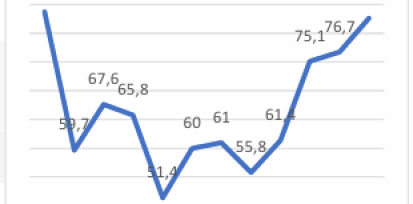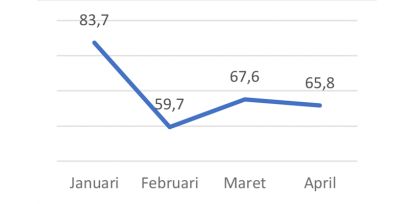

Return On Investment (ROI): Understanding and Calculating Your Business Profitability
Return on Investment (ROI) is an important financial metric used by businesses to evaluate the efficiency of an investment or compare the profitability of different investments. This metric measures the return generated from an investment relative to its initial cost. Here's a comprehensive look at what ROI is, how to calculate it, and its significance in the decision-making process.
What is ROI?
ROI is a performance measure used to evaluate the efficiency or profitability of an investment. It is usually expressed as a ratio or percentage that compares the net profit to the initial investment cost. A high ROI indicates that benefits exceed costs, while a low ROI indicates that the investment may not be optimal.
Understanding the Components of ROI
Net Profit: This includes all income generated from an investment minus all costs incurred. It reflects the true financial benefits of the investment.
Investment Costs: This includes all costs associated with the investment, including the initial purchase price, setup costs, operational costs, and maintenance costs.
The Importance of ROI
ROI has several important goals in business decision making:
Decision Making: ROI helps businesses assess the return potential of various investment opportunities and prioritize different investments.
Performance Evaluation: ROI is used to evaluate the performance of existing investments and identify investments that are not producing the expected results.
Strategic Planning: ROI helps in planning long-term financial strategies by focusing on investments that can provide optimal returns.
By properly understanding and calculating ROI, businesses can make smarter investment decisions and manage financial resources more effectively.




 Back to Home
Back to Home








